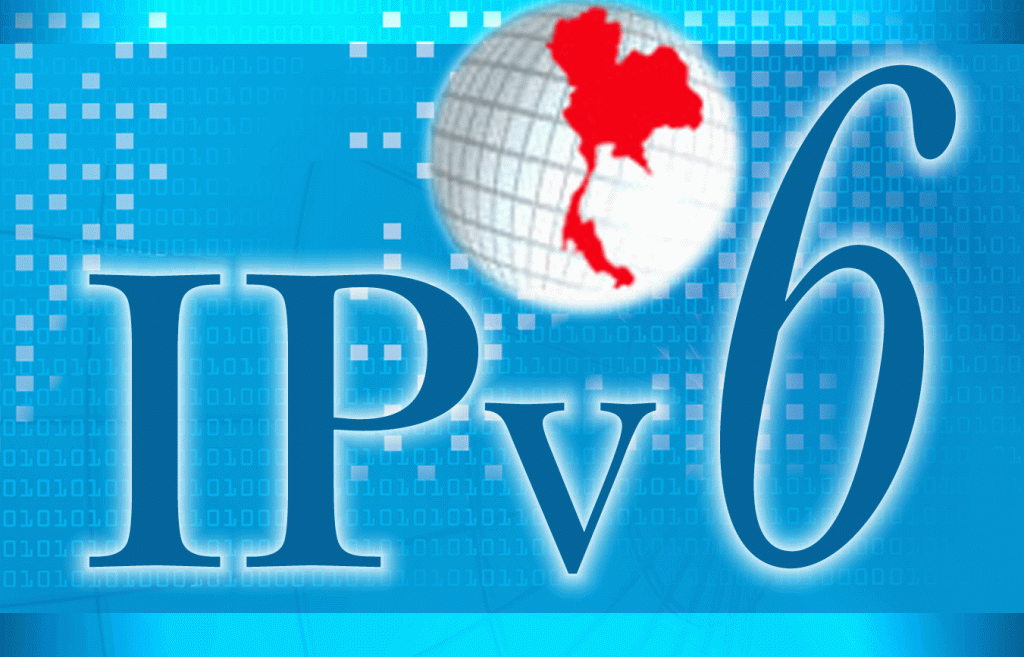We have heard a lot of good things about the IP version 6 and that for a good reason. The Internet is originally based on IP version 4 and it already runs out of addresses to all intents and purposes. The last block of IP version 4 was issued in 2011 by IANA. This situation is quite serious indeed, if not solved immediately. The IP version 6 (IPv6) sounds like a simple enough solution for this situation. Unfortunately, the implementation isn’t that simple and a migration from IPv4 to IPv6 could be problematic for some networks.
Another thing to consider is the type of business that uses IP address. IPv4 addresses are good enough for local area networks and if the company uses a remote server for its website. IP is still the de fact standard for Internet-based communication, since it was established in 1970’s. At the time, the 4.3 billion odd addresses provided by the IPv4 seemed adequate. However, the massive growth of Internet has shown us that we need something more. While 4.3 billion addresses sound like a huge number, actually, only 3.7 billion are usable for consumers.

IP address-connected devices are not only computers, tablets and smartphone. They may also include various office and household appliances, including TVs, refrigerators, printers, fax and others. The IPv6 standard could provide more than just the paltry 4.3 billion addresses offered by the older IPv4. IPv6 is based on the 128 bit addressing, while IPv4 uses the much shorter 32-bit addressing length. This will produce the mind-boggling 667 quadrillion addresses.
IPv4 can dynamically configure devices using the DHC protocols. This allows device to connect to specific networks and obtain IPv4 addresses. The DHCP provision typically requires special tools and a staff who looks after it. On the other hand IPv4 uses a different approach with its stateless auto configuration address. When connected to IPv6 addresses, hosts can be configured automatically, by available network infrastructures, including switches and routers. When it is first connected, IPv6 will send multicast requests for configuration parameters. Local routers will respond to the network for requests that contain any network-layer parameters that are appropriate for the host.
The multicasting feature of IPv6 is actually a more direction version of typical broadcasting. With multicasting, packets are sent to multiple hosts simultaneously if required. This should work well for any media-rich content that already floods the Internet. The multipoint traffic flows should improve the efficiency of video broadcasting. This capability is already built into the IPv6 protocol and it should allow for much simpler deployments. IPv6 also features the IPsec, which is an IP-layer authentication and encryption, which could enhance the overall security.
On the contrary, IPsec is an optional add-on for IPv4 standard and implementation takes place only when required. IPV6 should clearly become the basis for future networks. It offers better support for more granular QoS (Quality of Service). There;s also the MIPv6, which is optimized for mobility architectures.



























